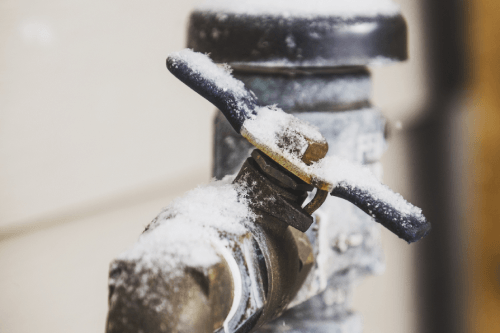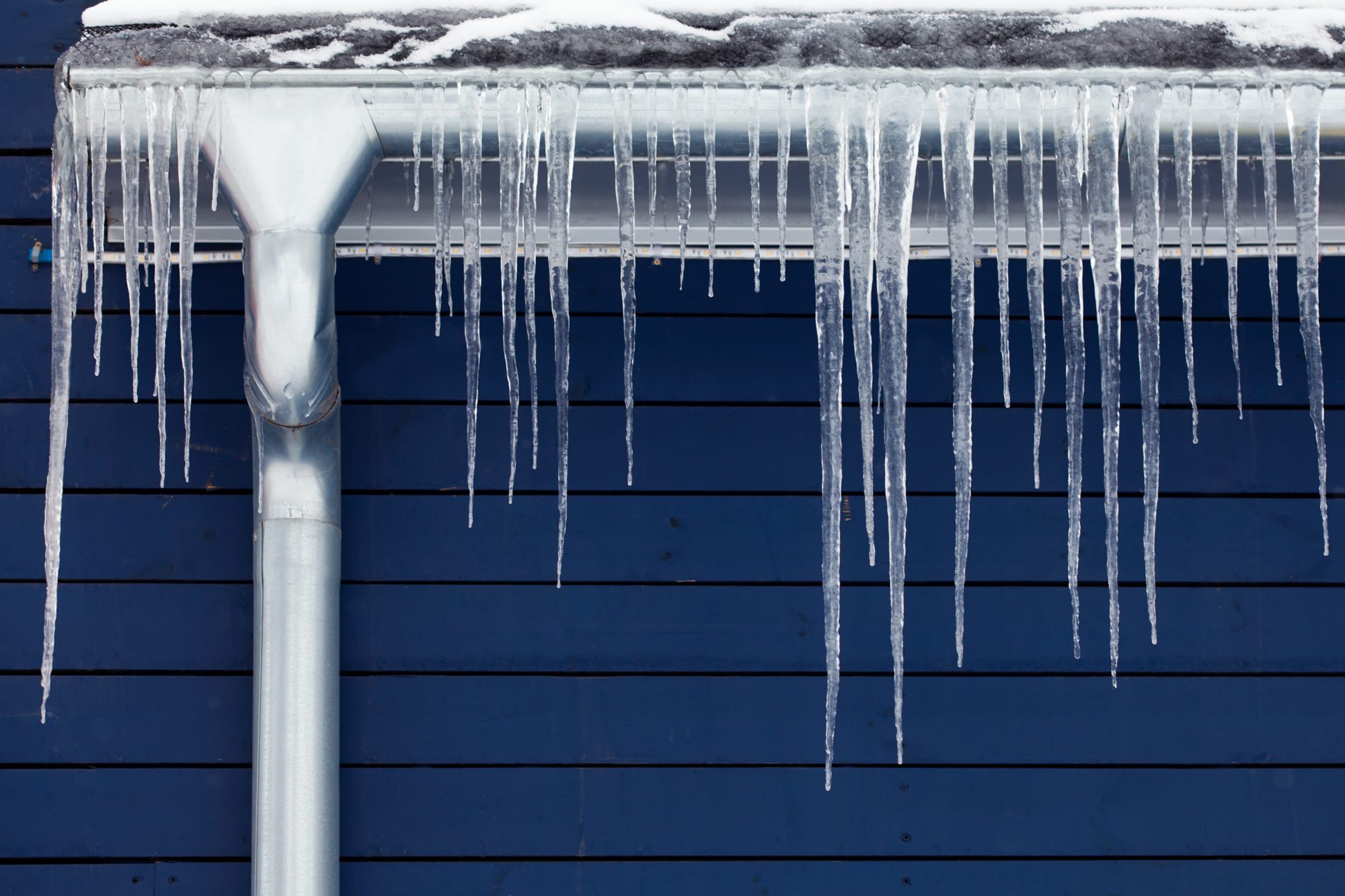What are your ideas with regards to How to Prevent Your Pipes From Freezing?

Winter can ruin your plumbing, especially by freezing pipelines. Here's how to prevent it from occurring and what to do if it does.
Intro
As temperature levels decline, the risk of frozen pipes increases, potentially resulting in costly repair services and water damage. Comprehending just how to avoid icy pipelines is essential for property owners in chilly environments.
Comprehending Icy Pipelines
What creates pipes to ice up?
Pipelines freeze when subjected to temperature levels below 32 ° F (0 ° C) for prolonged durations. As water inside the pipes freezes, it expands, putting pressure on the pipe walls and possibly creating them to burst.
Dangers and problems
Frozen pipes can lead to water interruptions, home damage, and costly fixings. Ruptured pipelines can flooding homes and cause comprehensive structural damage.
Indicators of Frozen Water Lines
Recognizing icy pipelines early can stop them from rupturing.
How to identify icy pipes
Seek decreased water circulation from faucets, unusual odors or noises from pipes, and visible frost on revealed pipelines.
Avoidance Tips
Insulating vulnerable pipes
Wrap pipes in insulation sleeves or use heat tape to safeguard them from freezing temperatures. Focus on pipes in unheated or external locations of the home.
Home heating methods
Keep interior spaces effectively heated up, particularly areas with pipes. Open up cabinet doors to allow cozy air to distribute around pipes under sinks.
Shielding Exterior Plumbing
Yard pipes and outdoor taps
Detach and drain yard hoses prior to winter season. Mount frost-proof spigots or cover exterior faucets with shielded caps.
What to Do If Your Pipes Freeze
Immediate activities to take
If you think icy pipes, maintain taps open to relieve pressure as the ice thaws. Use a hairdryer or towels taken in warm water to thaw pipelines slowly.
Long-Term Solutions
Architectural adjustments
Think about rerouting pipelines away from outside wall surfaces or unheated locations. Add additional insulation to attic rooms, cellars, and crawl spaces.
Updating insulation
Buy top quality insulation for pipes, attics, and walls. Proper insulation helps preserve constant temperatures and minimizes the threat of frozen pipes.
Conclusion
Stopping icy pipes needs positive steps and quick responses. By understanding the reasons, indicators, and safety nets, house owners can safeguard their plumbing throughout cold weather.
5 Ways to Prevent Frozen Pipes
Drain Outdoor Faucets and Disconnect Hoses
First, close the shut-off valve that controls the flow of water in the pipe to your outdoor faucet. Then, head outside to disconnect and drain your hose and open the outdoor faucet to allow the water to completely drain out of the line. Turn off the faucet when done. Finally, head back to the shut-off valve and drain the remaining water inside the pipe into a bucket or container. Additionally, if you have a home irrigation system, you should consider hiring an expert to clear the system of water each year.
Insulate Pipes
One of the best and most cost-effective methods for preventing frozen water pipes is to wrap your pipes with insulation. This is especially important for areas in your home that aren’t exposed to heat, such as an attic. We suggest using foam sleeves, which can typically be found at your local hardware store.
Keep Heat Running at 65
Your pipes are located inside your walls, and the temperature there is much colder than the rest of the house. To prevent your pipes from freezing, The Insurance Information Institute suggests that you keep your home heated to at least 65 degrees, even when traveling. You may want to invest in smart devices that can keep an eye on the temperature in your home while you’re away.
Leave Water Dripping
Moving water — even a small trickle — can prevent ice from forming inside your pipes. When freezing temps are imminent, start a drip of water from all faucets that serve exposed pipes. Leaving a few faucets running will also help relieve pressure inside the pipes and help prevent a rupture if the water inside freezes.
Open Cupboard Doors
Warm your kitchen and bathroom pipes by opening cupboards and vanities. You should also leave your interior doors ajar to help warm air circulate evenly throughout your home.

I found that piece about How to prepare your home plumbing for winter weather while doing research the search engines. Are you aware of anybody else who is involved in 6 Ways to Prevent Frozen Pipes? Do not hesitate to promote it. Thanks for your time. Return soon.
Call Today